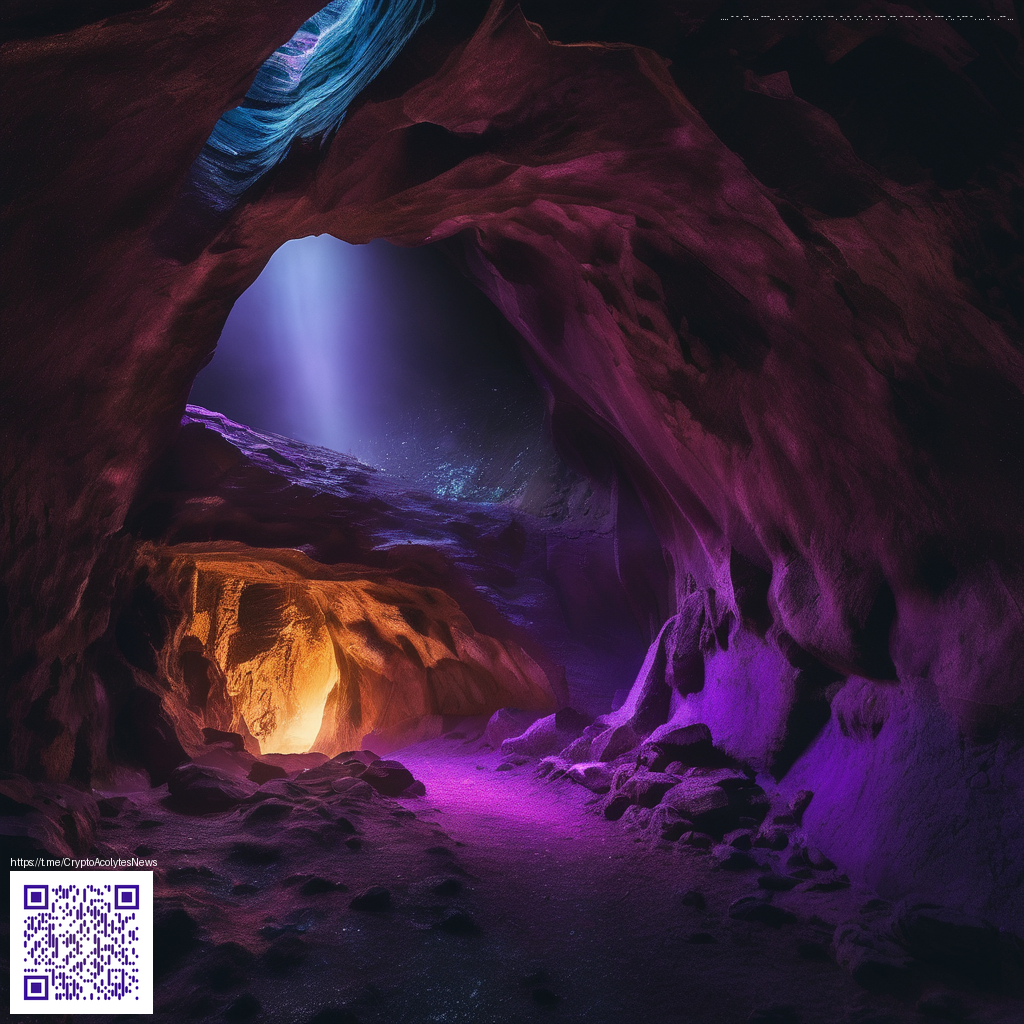How Streaming Platforms Propel Game Popularity Online
The rise of streaming platforms has rewritten the playbook for how games find an audience. No longer do studios rely solely on glossy launch trailers and paid ads; today, discovery often happens in real time as creators sit in front of cameras, chat with fans, and showcase gameplay that feels both intimate and immediate. Platforms like Twitch, YouTube Gaming, and other live-stream services turn watching into an experience—one where a single session can ignite a thousand conversations, share a game with millions, and turn casual viewers into devoted players.
Why live streams move the needle
First, there’s the sheer scale of reach. A popular streamer can surface a game to audiences who might never encounter it through traditional advertising. But beyond reach, streaming creates a feedback loop: viewers comment in real time, streamers adjust on the fly, and the content becomes highly shareable on social networks. This immediacy often accelerates word-of-mouth beyond what trailers alone could achieve. As a result, a title can trend within days rather than months, transforming small launch windows into sustained momentum.
Second, the social dimension matters. Streaming builds communities around genres, playstyles, and even specific titles. Co-op sessions, charity marathons, and speedruns transform a game into a shared event. For developers and publishers, that means designing experiences that invite collaboration, enable audience participation, and accommodate surprise moments that fans love to clip and discuss. The most successful campaigns aren’t just about cinematic visuals; they’re about creating a living, participatory moment that fans want to revisit and invite others to witness.
“When a streamer plays your game, you’re not just selling a product—you’re inviting a conversation.” This perspective has become a guiding principle for teams aiming to build lasting resonance with audiences across platforms.
Strategies for developers and marketers
- Optimize for streaming visibility. Ensure your game features clear, readable on-screen prompts and auditable UI that looks good in a variety of stream setups. Simple overlays, distinct UI that reads well even on small screens, and moments that invite audience input can spark engagement.
- Provide shareable assets. Ready-made branded clips, short trailers, and highlight-bait moments make it easy for creators to showcase unique selling points without extra production hurdles.
- Foster creator ecosystems. Early access, modding tools, and creator-friendly licensing help streamers integrate your game into their content calendars—creating ongoing opportunities for exposure rather than one-off spikes.
- Support on-the-go streaming gear. For teams and creators who shoot outside the studio, rugged, dependable gear matters. For example, a rugged phone case—Rugged Phone Case - Impact Resistant Glossy Polycarbonate—can protect devices during field shoots and community events, reducing the risk of interruptions during crucial streams. You can learn more about this accessory on the product page.
- Engage with real-time feedback. Live chat is a treasure trove of insights. Use it to test balance tweaks, patch notes, and new features with audience input, which can accelerate polish and improve long-term reception.
Another practical consideration is platform policy and metadata. As creators explore different channels—streaming, VODs, shorts—consistency across titles, categories, tags, and descriptions helps audiences discover content through search and recommendations. A thoughtful tagging strategy can push your title into related streams, creating cross-pollination between communities that share interests, such as co-op playtypes or competitive modes.
Trends shaping the next wave of streaming-driven growth
Looking ahead, two forces stand out. First is the continued rise of mobile and cross-platform streaming, where fans tune in from phones, tablets, and consoles in a fluid, multi-device ecosystem. Games that offer portable, snackable moments—quick matches, bite-sized challenges, or modular campaigns—tend to perform well in these settings. Second is the shift toward creator-led ecosystems that empower sustained engagement. Long-tail streams, creator collaborations, and serialized content turn games into ongoing conversations rather than one-time events.
For teams aiming to ride these trends, the takeaway is simple: design with the creator in mind. Equip streamers with accessible features, robust performance across devices, and content assets that are easy to integrate into live broadcasts. When a game becomes a regular feature on a creator’s channel, it enters a cycle where new audiences discover it, share it, and revisit it on subsequent streams—and that cycle compounds over time.
Practical steps to integrate streaming-forward thinking
- Incorporate streamer-friendly UI and clear in-game cues for events that are easy to showcase live.
- Offer creator incentives and clear licensing that encourages clips and collaborations.
- Provide short-form, ready-to-share assets that streamline content creation for busy streamers.
- Invest in reliable gear support for on-the-go streams, such as protective accessories that safeguard essential devices.
As streaming continues to shape what games rise to prominence, teams that align product design with creator workflows will be best positioned to ride the next wave of attention. The ecosystem rewards clarity, accessibility, and a willingness to participate in the dynamic conversations that drive modern gaming culture.
